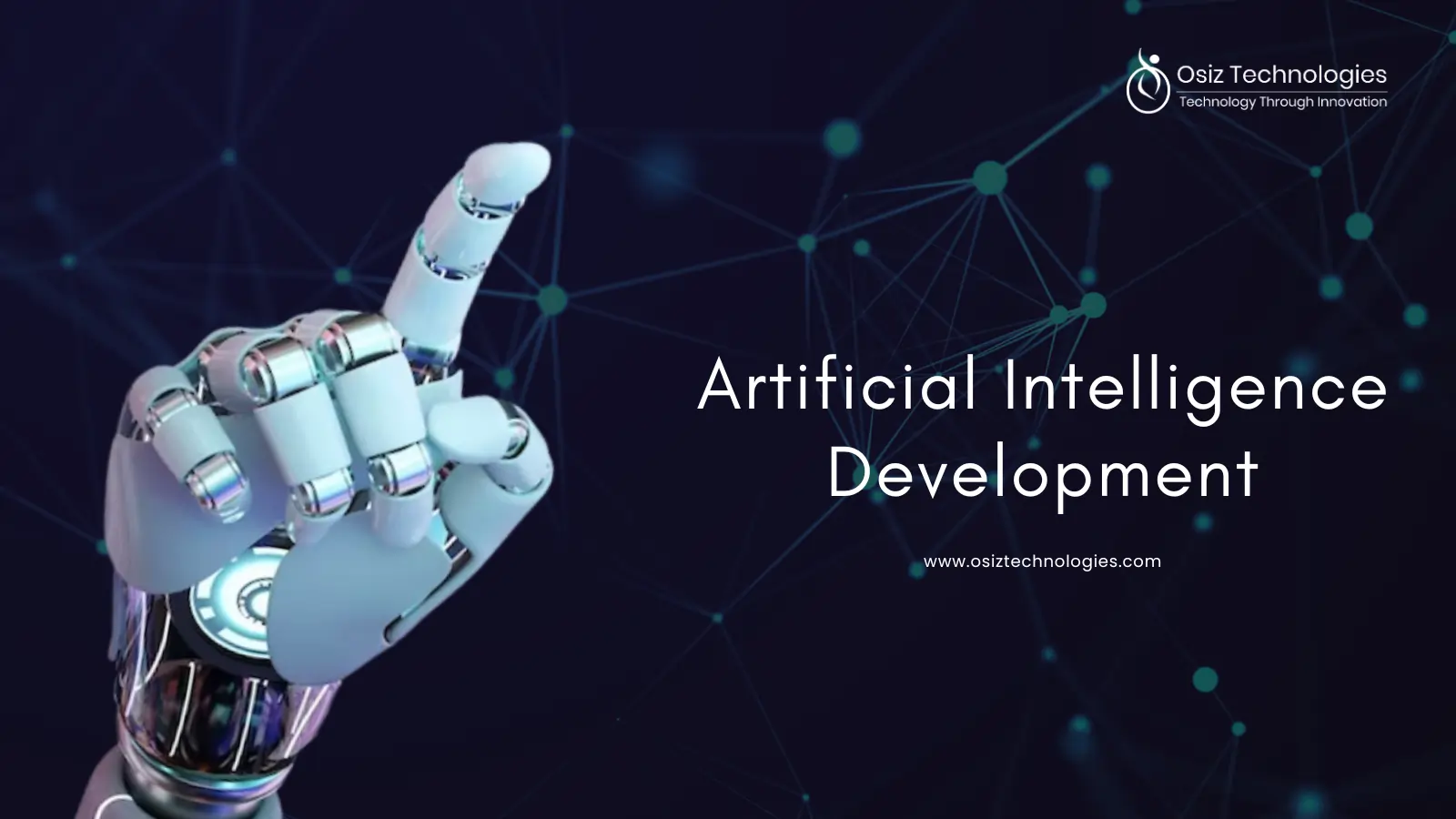Generative AI is revolutionizing the finance industry by automating processes, enhancing decision-making, and improving customer experiences. From risk management to personalized financial advice, the applications of generative AI are vast and impactful. In this article, we’ll explore the top use cases of generative AI in finance, backed by real-world examples and insights into how financial institutions can leverage this technology for growth and efficiency.
1. Understanding Generative AI in Finance
Generative AI refers to algorithms that can create new content, whether it’s text, images, or data, by learning from existing information. In finance, this technology is being harnessed to streamline operations, improve compliance, and enhance customer interactions. By analyzing vast datasets, generative AI can identify patterns and generate insights that are invaluable for financial services.
2. AI-Powered Fraud Detection
Fraud detection is one of the most critical areas where generative AI is making a significant impact. Financial institutions are utilizing AI algorithms to analyze transaction patterns and identify anomalies that may indicate fraudulent activities. For instance, banks can implement AI-driven systems that monitor transactions in real time, flagging suspicious activities for further investigation. This not only helps in preventing financial losses but also enhances customer trust.
3. AI-Driven Risk Management
Risk management is another domain where generative AI shines. By leveraging AI-driven risk modeling, financial institutions can assess potential risks associated with investments and lending. Generative AI can simulate various market conditions and predict how different factors may impact financial stability. This allows firms to make informed decisions and develop strategies to mitigate risks effectively.
4. AI Compliance Automation in Banking
Compliance is a significant concern for financial institutions, given the stringent regulations governing the industry. Generative AI can automate compliance processes, ensuring that banks adhere to regulations without manual intervention. For example, AI can analyze contracts and transactions to ensure they meet regulatory standards, significantly reducing the risk of non-compliance and associated penalties.
5. AI Portfolio Optimization
Portfolio management is evolving with the integration of generative AI. By analyzing historical data and market trends, AI can recommend optimal asset allocations tailored to individual investor profiles. This personalized approach not only enhances investment performance but also aligns with clients’ risk appetites and financial goals. Financial advisors can leverage AI tools to provide data-driven recommendations, improving client satisfaction.
6. Generative AI in Customer Service
Customer service in banking is being transformed through generative AI. Chatbots and virtual assistants powered by AI can handle customer inquiries, provide account information, and even assist in transactions. This not only improves response times but also allows human agents to focus on more complex issues. For instance, banks can use AI-driven customer service tools to provide personalized financial advice based on individual customer data.
7. AI-Driven Financial Forecasting
Financial forecasting is crucial for strategic planning in any organization. Generative AI can analyze vast amounts of data to predict market trends and financial performance. By utilizing historical data and current market conditions, AI can generate accurate forecasts that aid in budgeting and investment decisions. This capability allows financial institutions to remain agile and responsive to market changes.
8. AI Contract Analysis in Finance
Contract analysis is a time-consuming task that can benefit significantly from generative AI. AI algorithms can review contracts at scale, identifying key terms, obligations, and potential risks. This automation reduces the time spent on manual reviews and minimizes human error. Financial institutions can ensure compliance and mitigate risks more effectively by leveraging AI for contract analysis.
9. AI Investment Research Tools
Investment research is being enhanced through AI technologies. Generative AI can sift through vast amounts of financial data, news articles, and market reports to provide actionable insights for investors. By summarizing trends and highlighting potential investment opportunities, AI-driven research tools empower financial analysts to make informed decisions quickly.
10. Personalized Financial Advice Using AI
Personalization is key in today’s financial landscape. Generative AI enables financial advisors to offer tailored advice based on individual client profiles. By analyzing spending patterns, investment history, and financial goals, AI can suggest personalized strategies that resonate with clients. This not only improves client engagement but also fosters long-term relationships.
Conclusion
Generative AI is reshaping the finance industry by automating processes, enhancing decision-making, and improving customer experiences. As financial institutions continue to adopt this transformative technology, they can expect increased efficiency, reduced risks, and improved client satisfaction. Embracing generative AI is no longer optional but essential for staying competitive in the evolving financial landscape. Osiz Technologies, a leading Generative AI development company, empowers financial organizations with intelligent, secure, and future-ready AI solutions.
Listen To The Article









